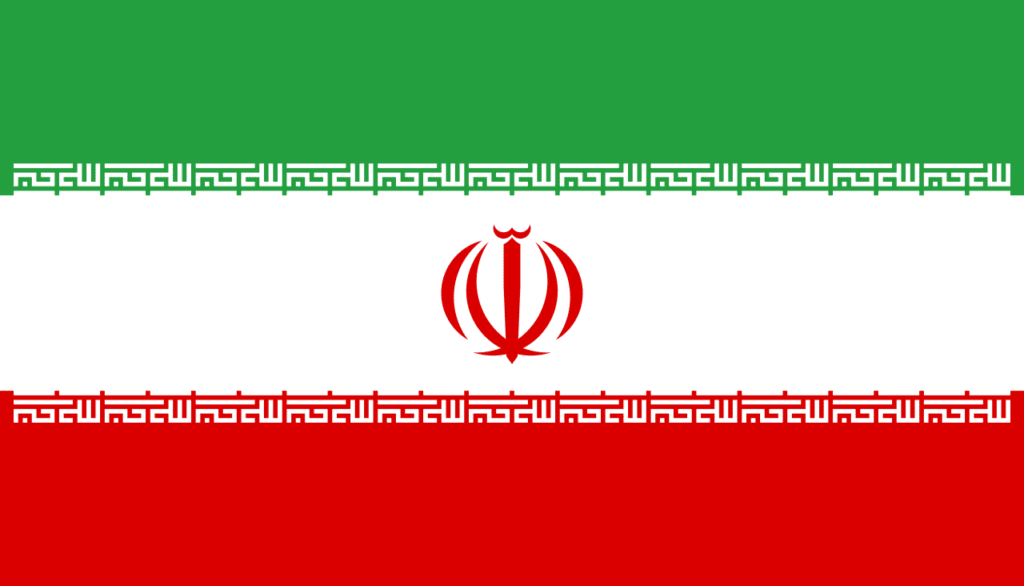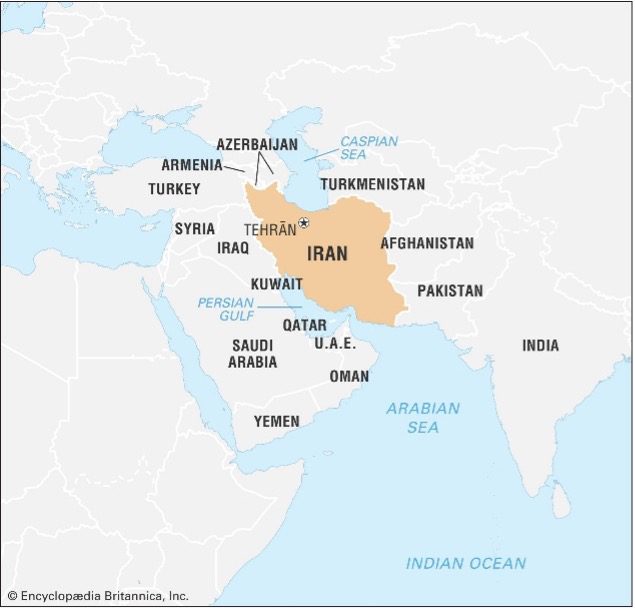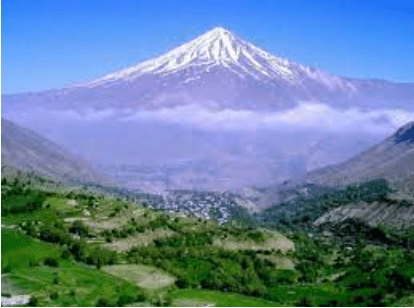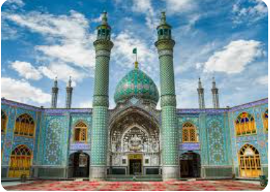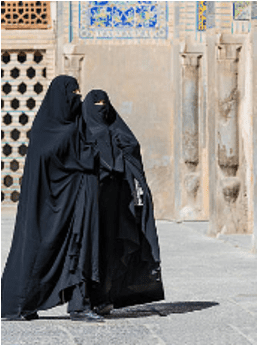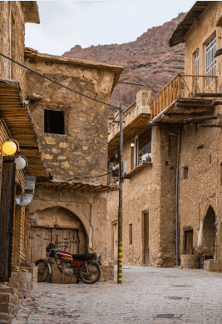PRAYERS FOR Iran
Massive numbers of Iranians have come to Jesus in recent years! From only 500 Muslim-background believers in 1979, many estimates suggest the number is even greater than 1 million just in Iran alone. Large numbers of Persian people have also encountered the risen Christ outside of Iran. The Church in Persia has not grown this fast since the 7th century. In Iran, a person can receive a death sentence for apostasy (abandoning religious faith). Despite this, 50,000 mosques have closed in recent years as Iranians are disillusioned with both the regime and with Islam. This growth is a remarkable move of the Holy Spirit, with many signs and wonders, dreams and visions.
- The 1979 Islamic Revolution promised peace and prosperity, but more than 40 years later, greater and greater numbers are throwing off their shackles. Widespread protests in 2022 demonstrated that the younger generation is fed up with the legacy of oppression, bloodshed, cruel ‘justice’, corruption, economic hardship, and cultural isolation from most of the world. Despite external religiosity, drug addiction, and prostitution are widespread. Iran is an ancient, noble, and proud civilization. But in the modern era, these struggles have made many people very open to the gospel. Pray that Iranians’ desires for greatness, prosperity, freedom, and even for righteousness might ultimately be met through worship of Jesus.
- Iran contains some of the largest unreached, unengaged peoples in the world. Missions are not free to minister in Iran, but some tent-making opportunities exist. Pray for the door to Iran to open in God’s perfect timing.
- The Zoroastrians (Parsees) follow an ancient Persian religion founded 1,000, BC.
- The Baha’i religion started in Iran, but the government seeks to drive its followers out. Very little Christian love and witness to them exists among either the 300,000 in Iran, or the 5-7 million worldwide.
- The nomadic and semi-nomadic Luri, Bakhtiari, and Qashqai live in the Zagros Mountains. Only a few dozen known believers exist from these groups. Persian Christians have begun to reach out to them.
- The Turkic Azeri and Turkmen in the north have had almost no positive contact with Christianity. Azeris form the largest minority group within Iran.
- The Gypsy communities have no Christian workers committed to outreach among them.
- The Persian-speaking Jews descend from those exiled to Babylon 2,700 years ago. Their numbers decline as more and more move away to escape harassment, but a number have become active, witnessing Christians!
- Pray that Supreme Leader Ali Ḥusaynī Khaminayī (Ali Khamenei) will come to know Christ.
- Pray that new Farsi resources will reach children.
- Pray for the safety of underground printers involved in the production of Farsi Bibles.
- Pray that house church leaders in Iran will reach the country’s youth who have lived their entire lives under Islamist oppression.
- Pray that Christians imprisoned for their faith will be witnesses in prison.
- Pray that Iranians who have dreams and visions will come to faith in Jesus Christ.
- Pray for protection for the people smuggling printed and digital Bibles to believers.
- Pray for Christian prisoners who feel discouraged and need emotional support.

